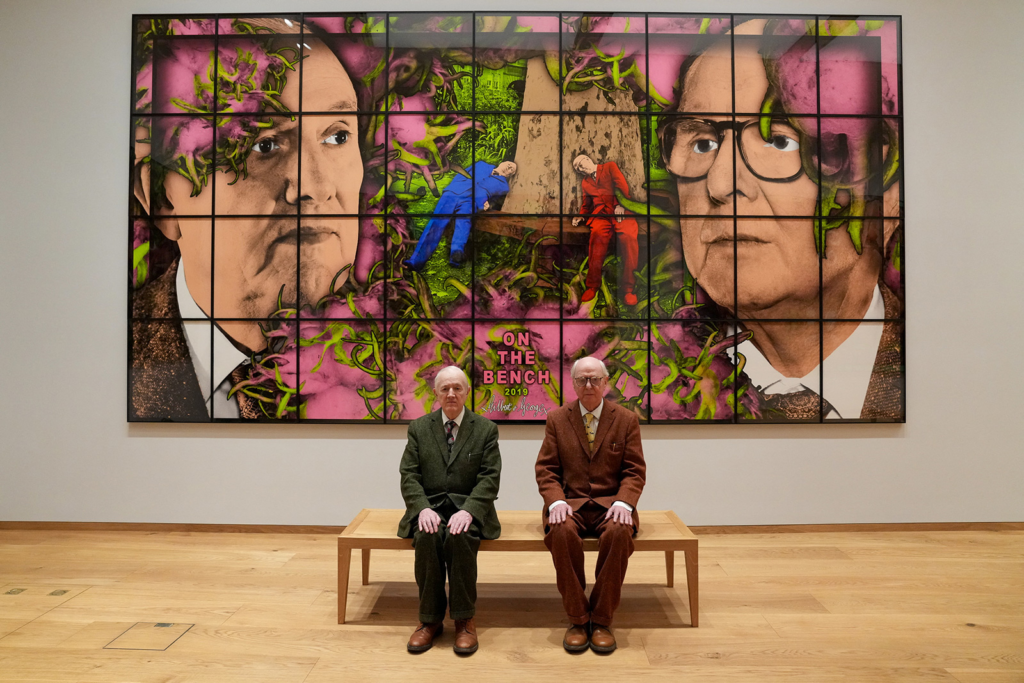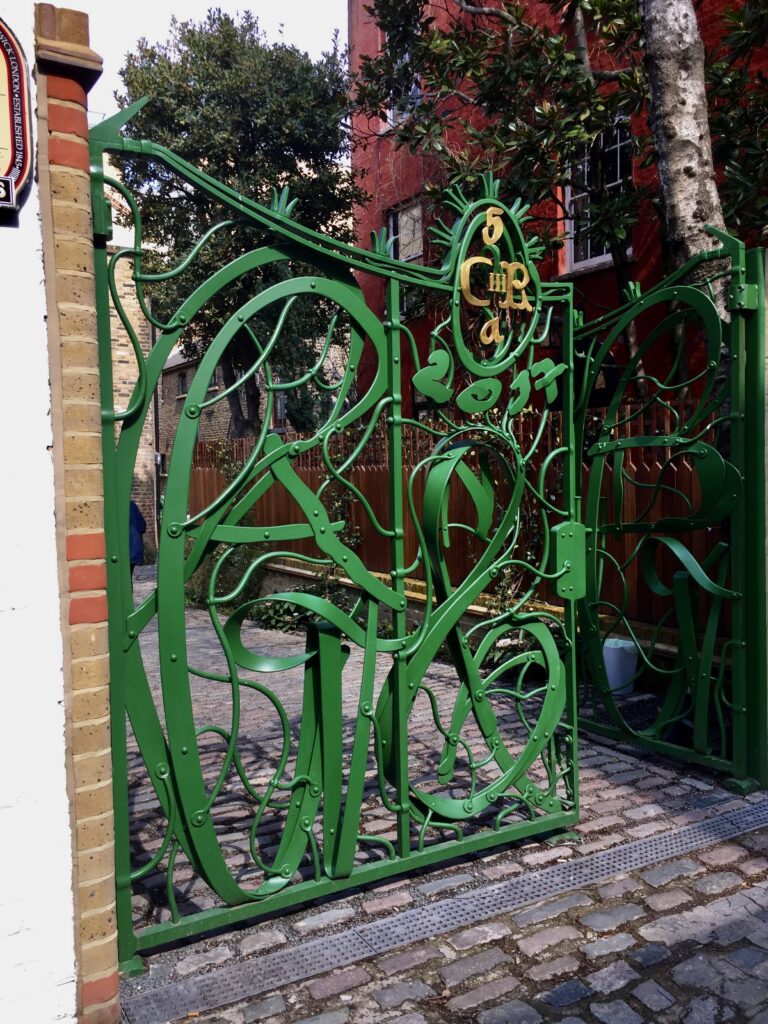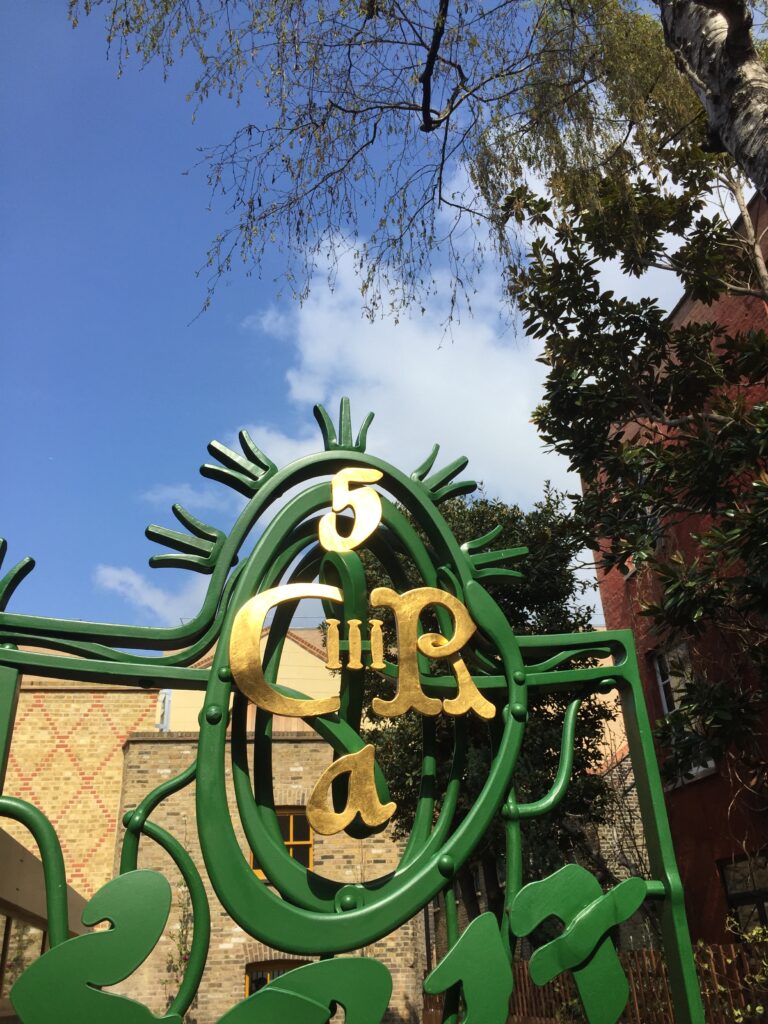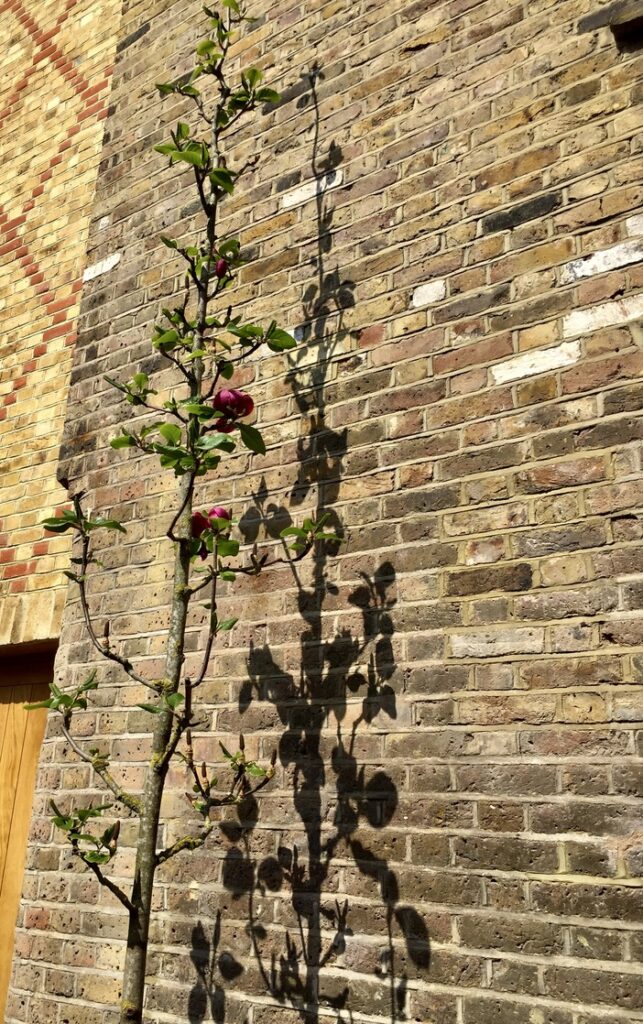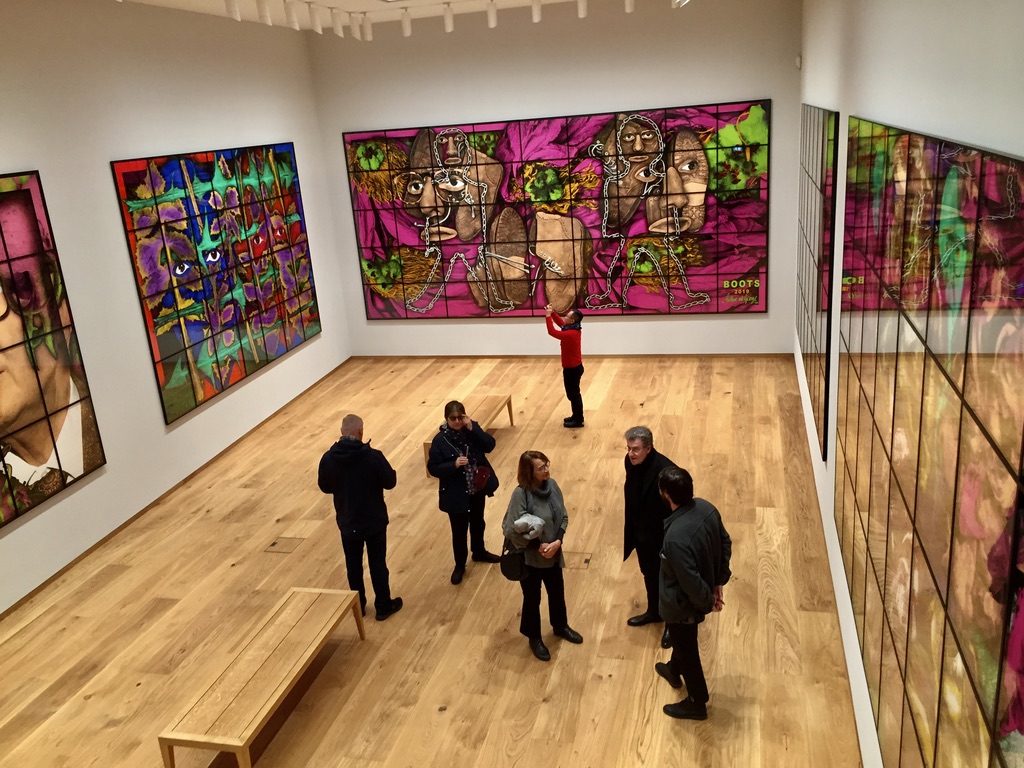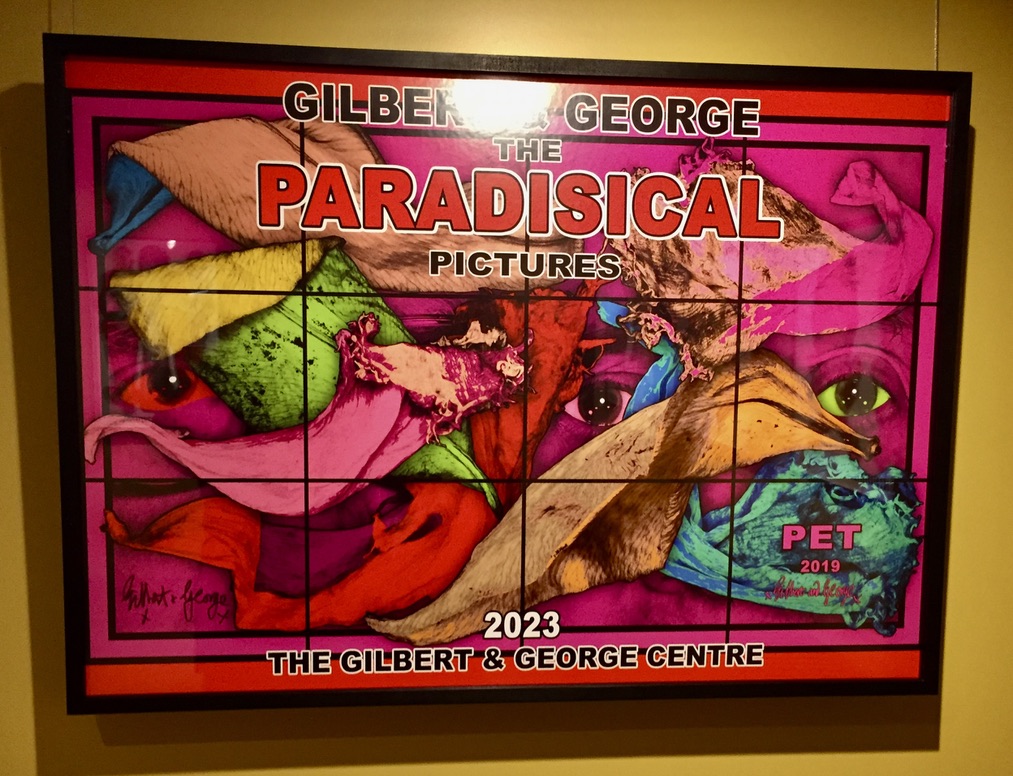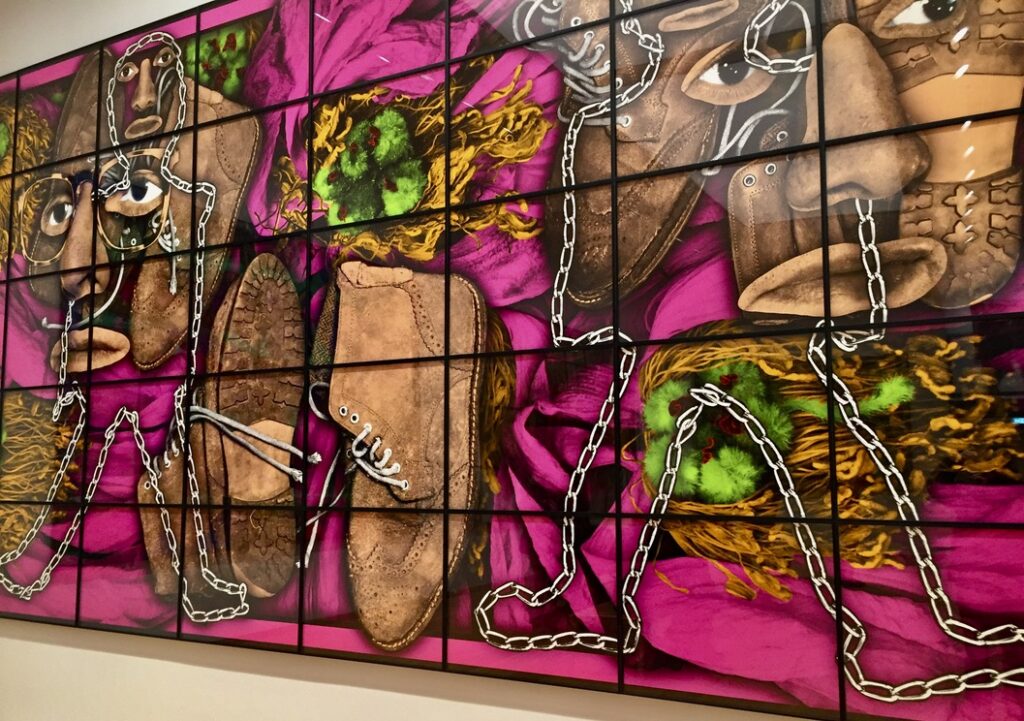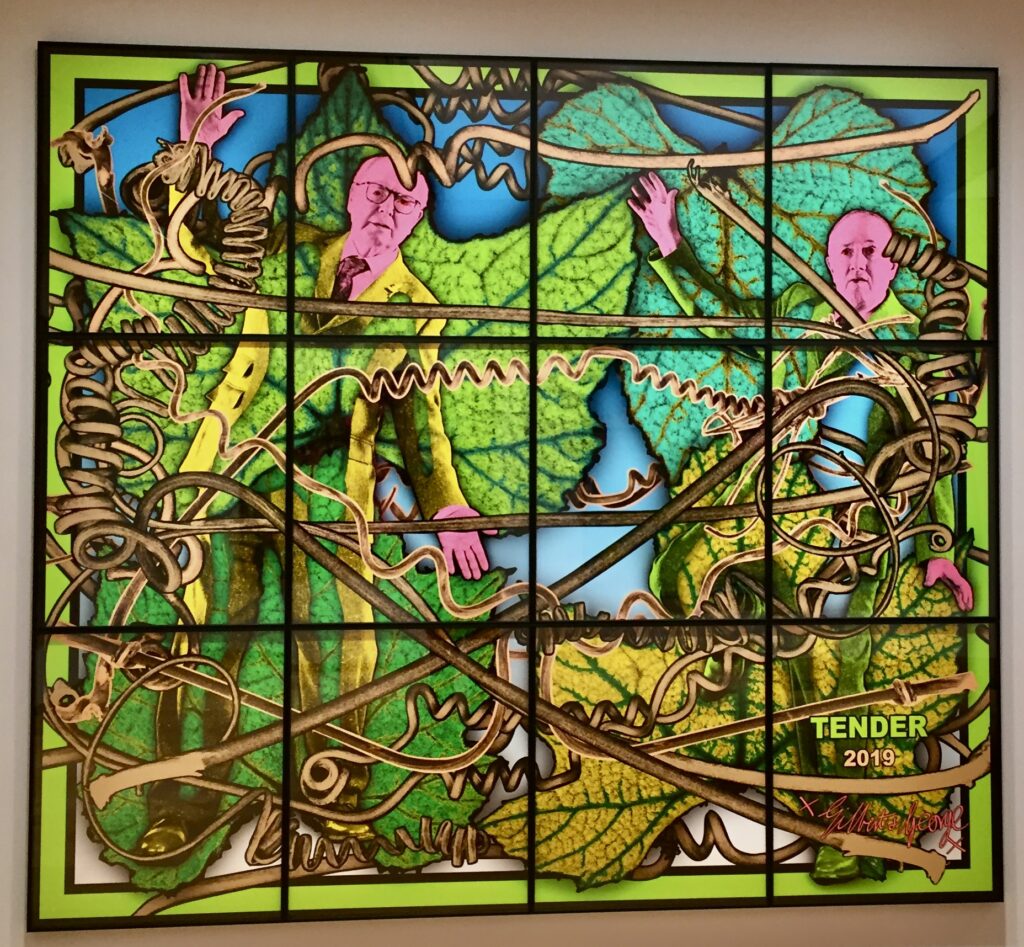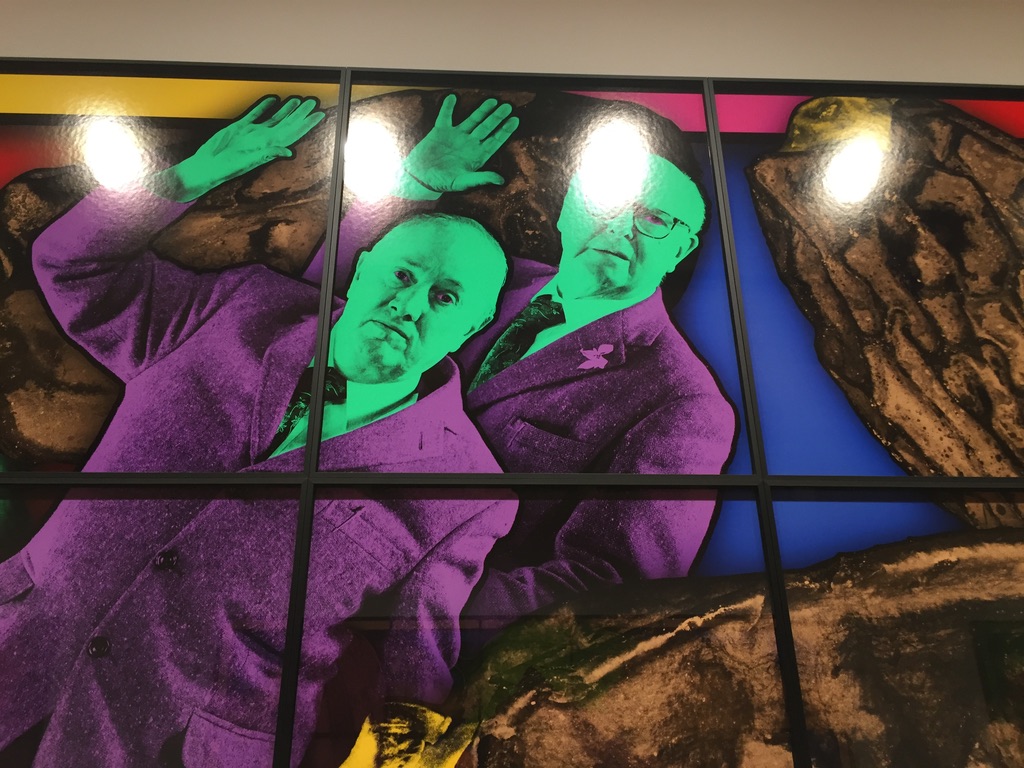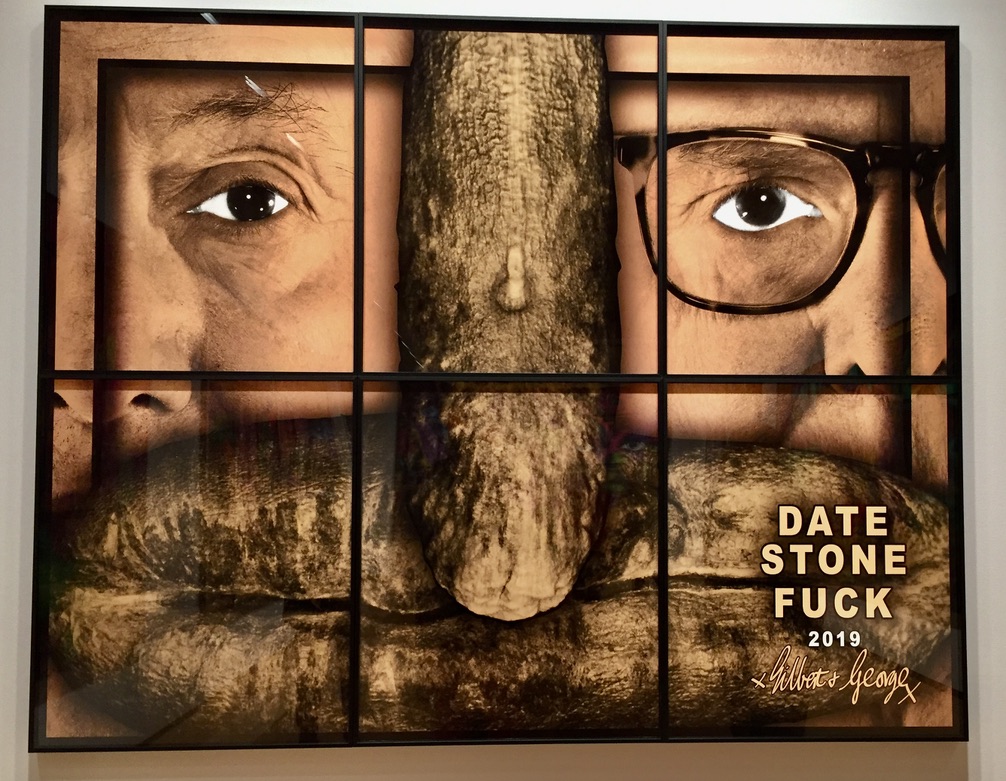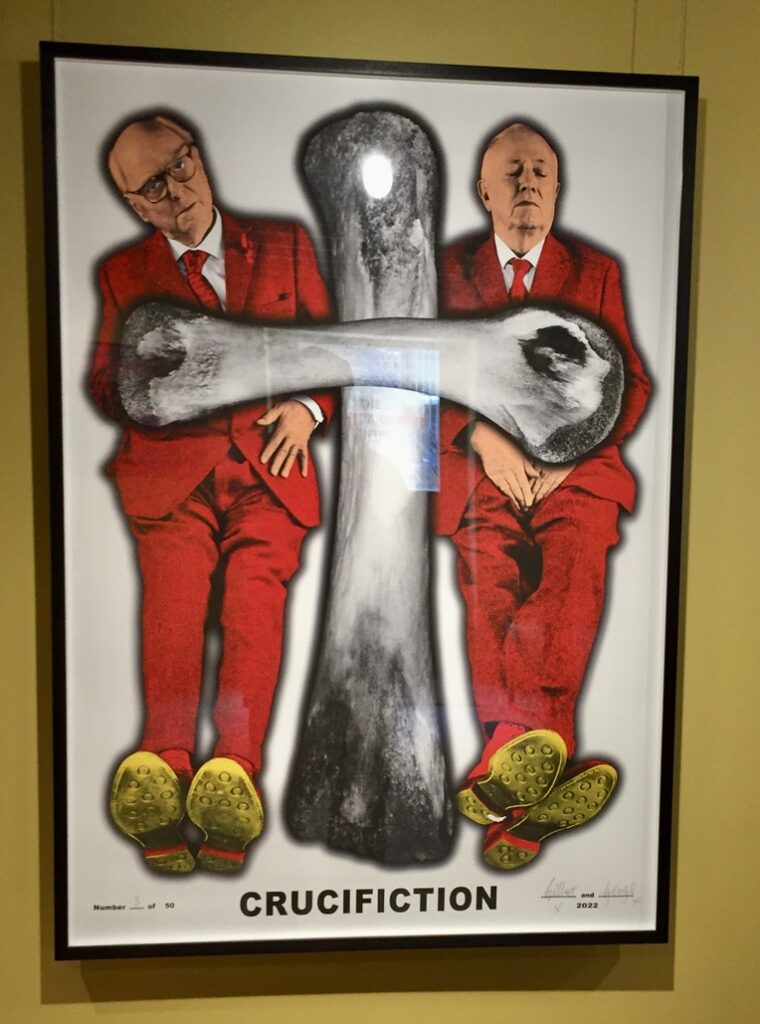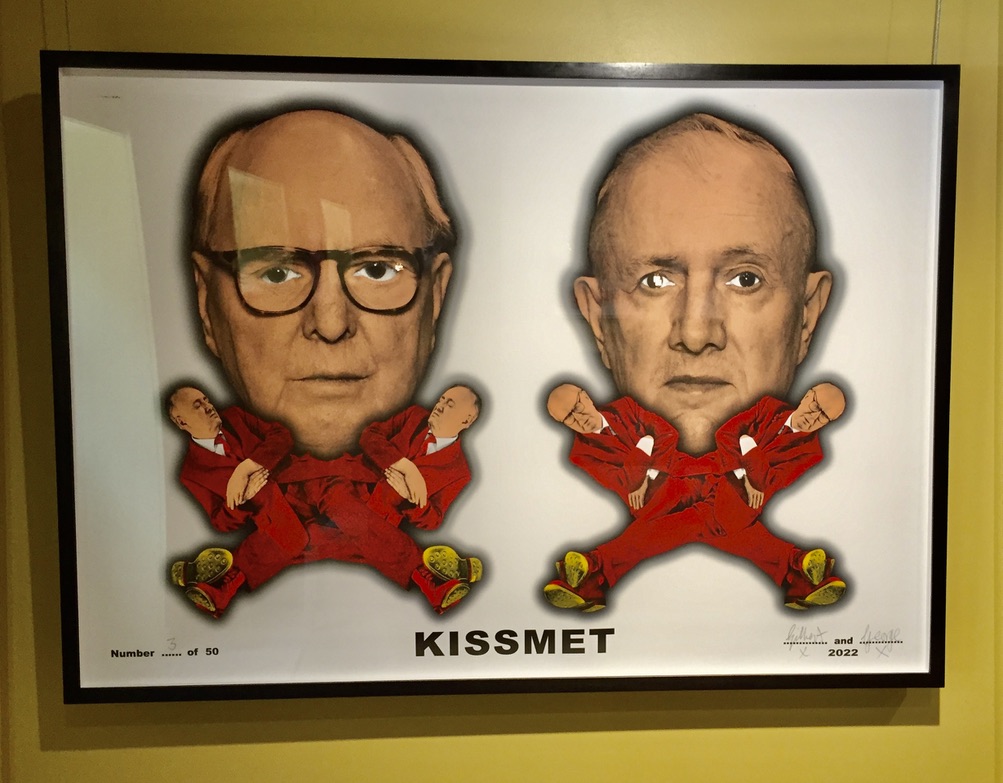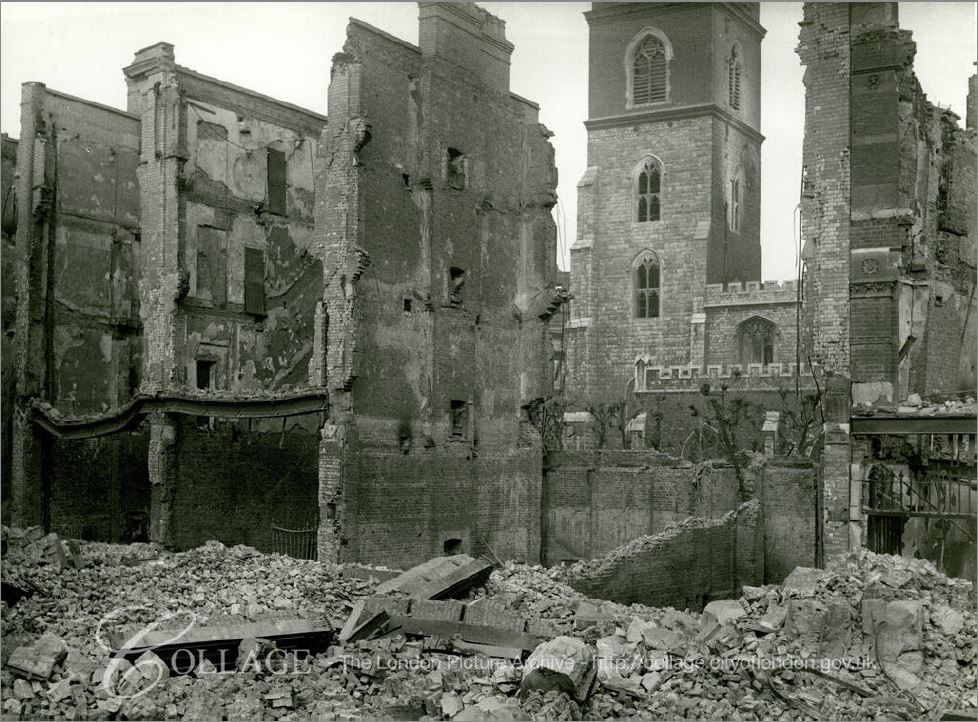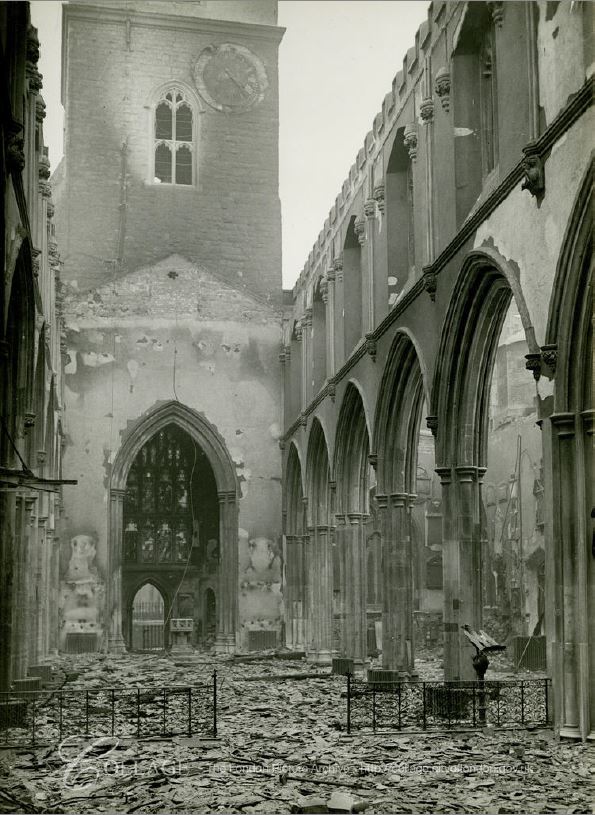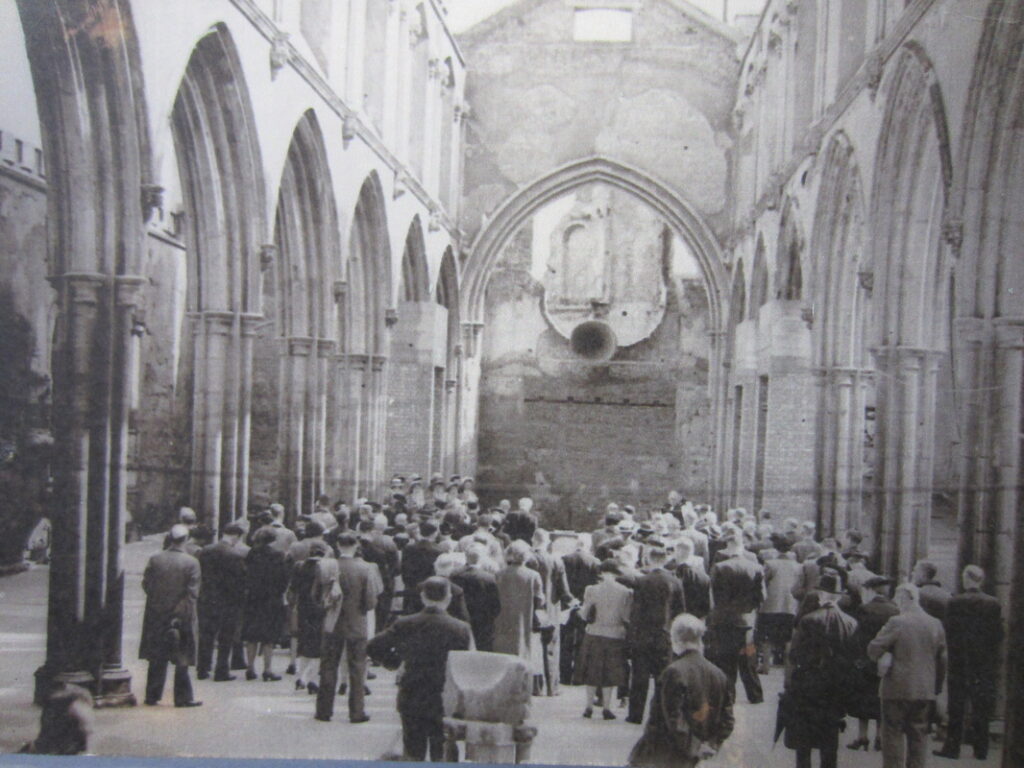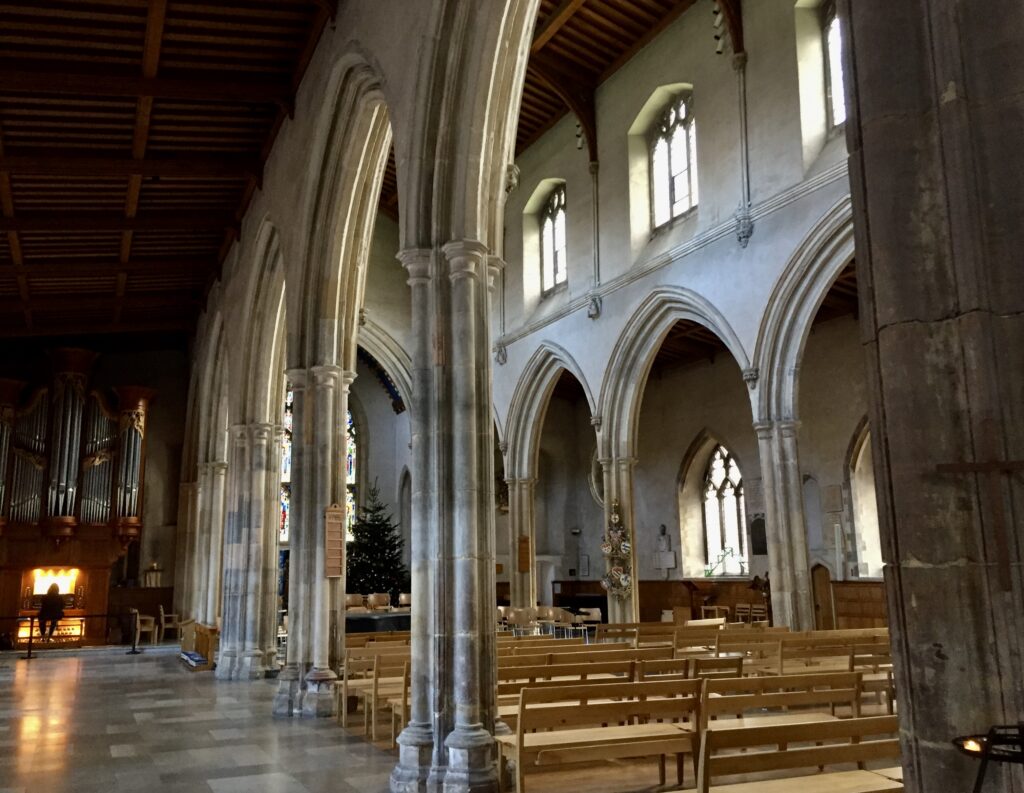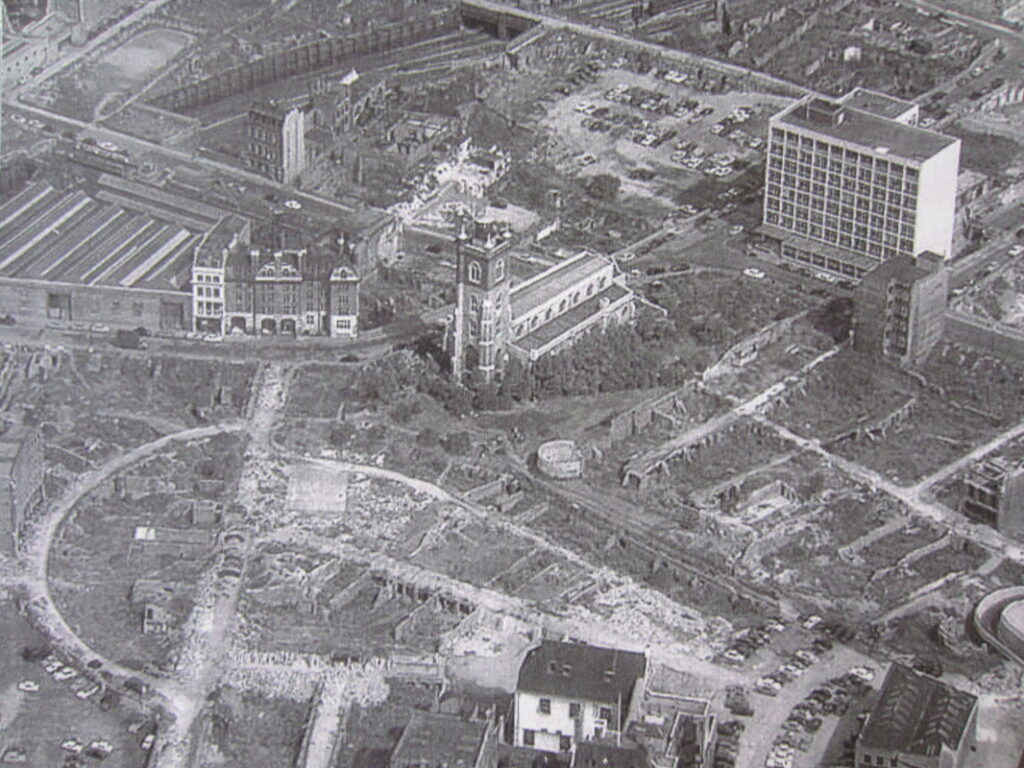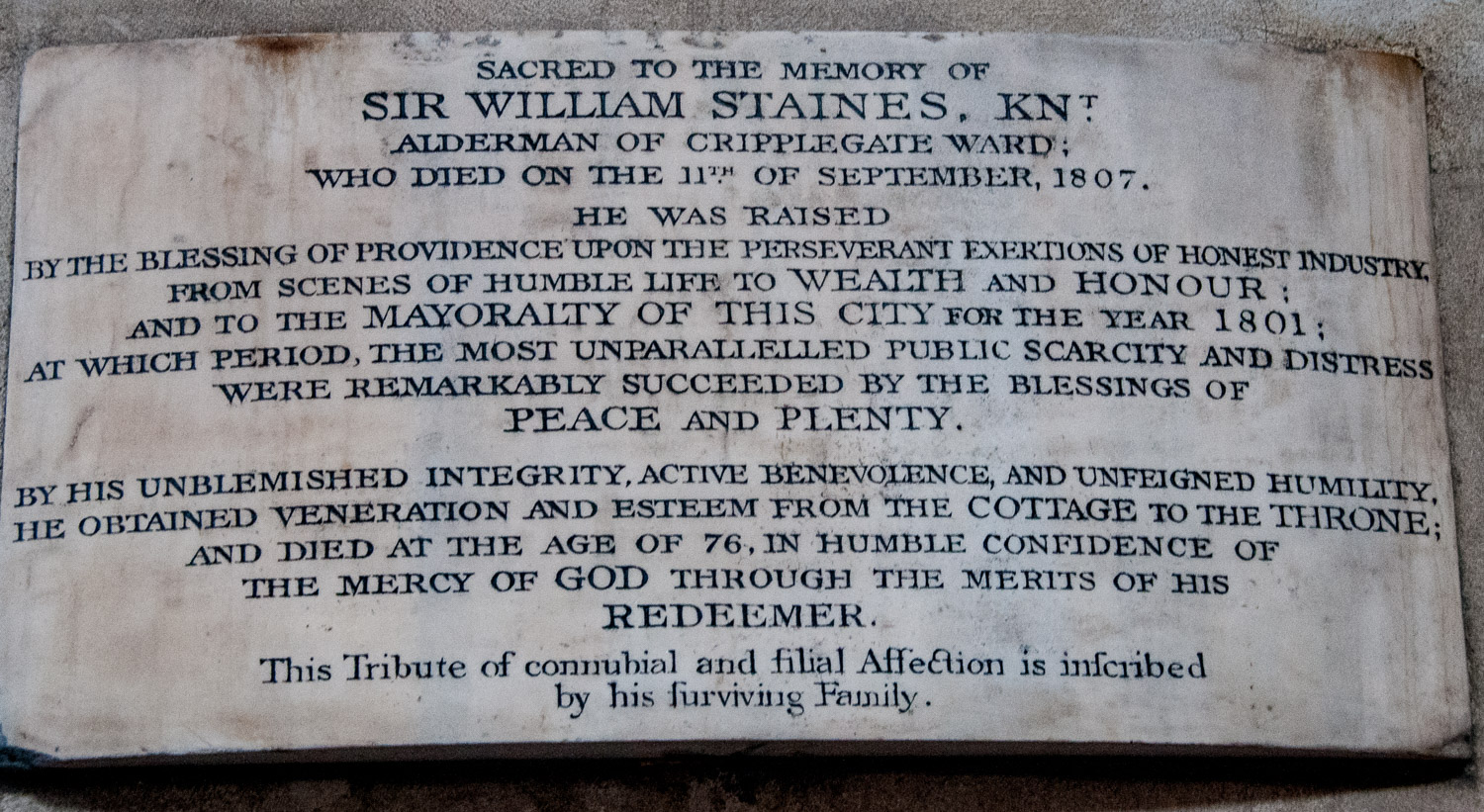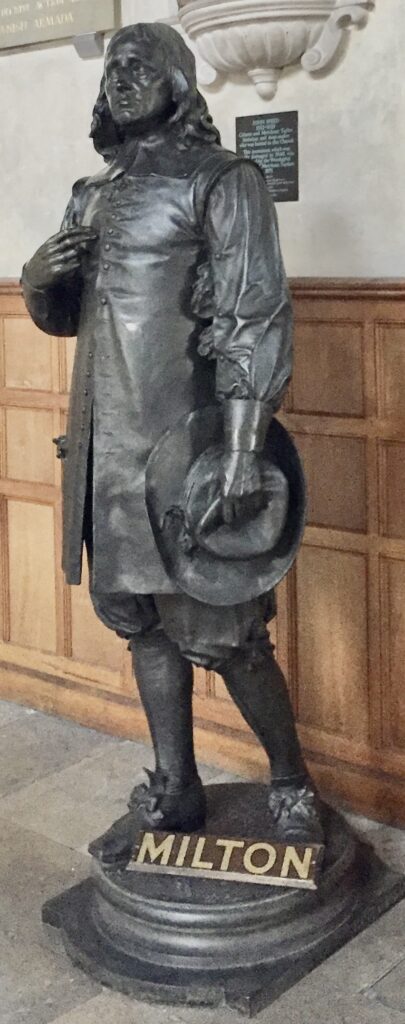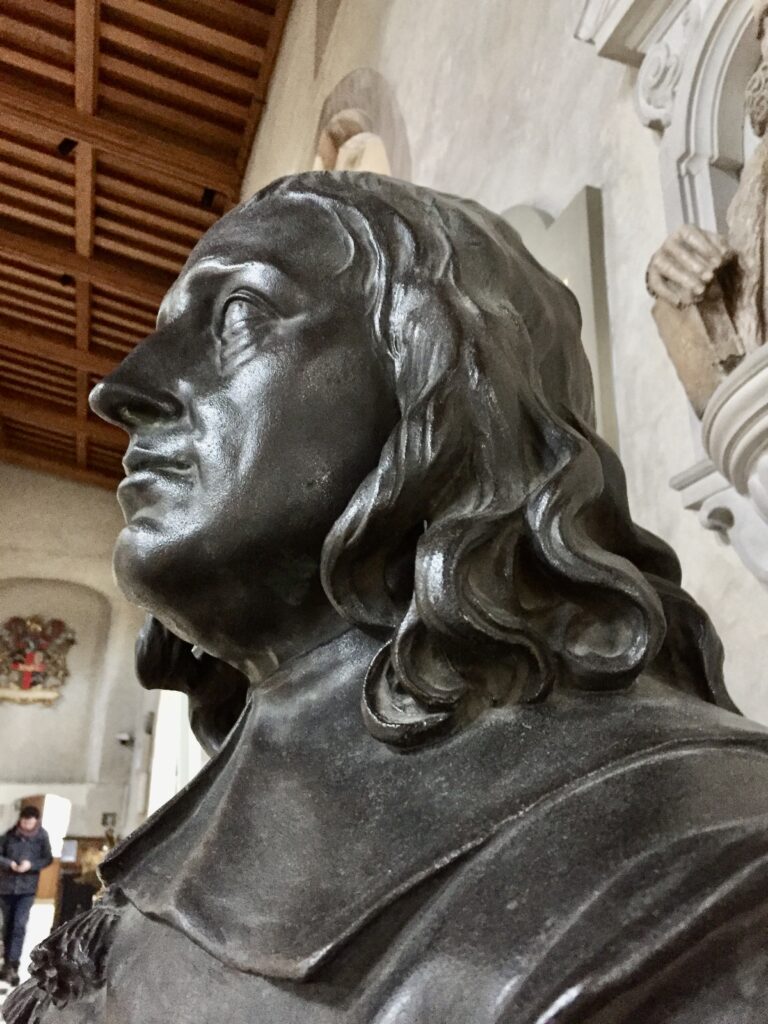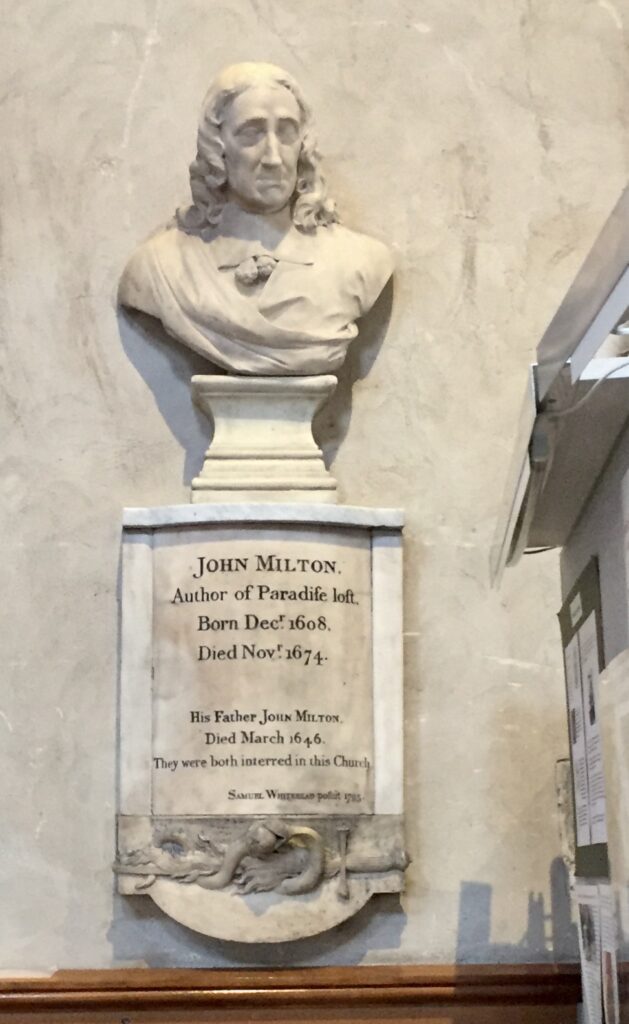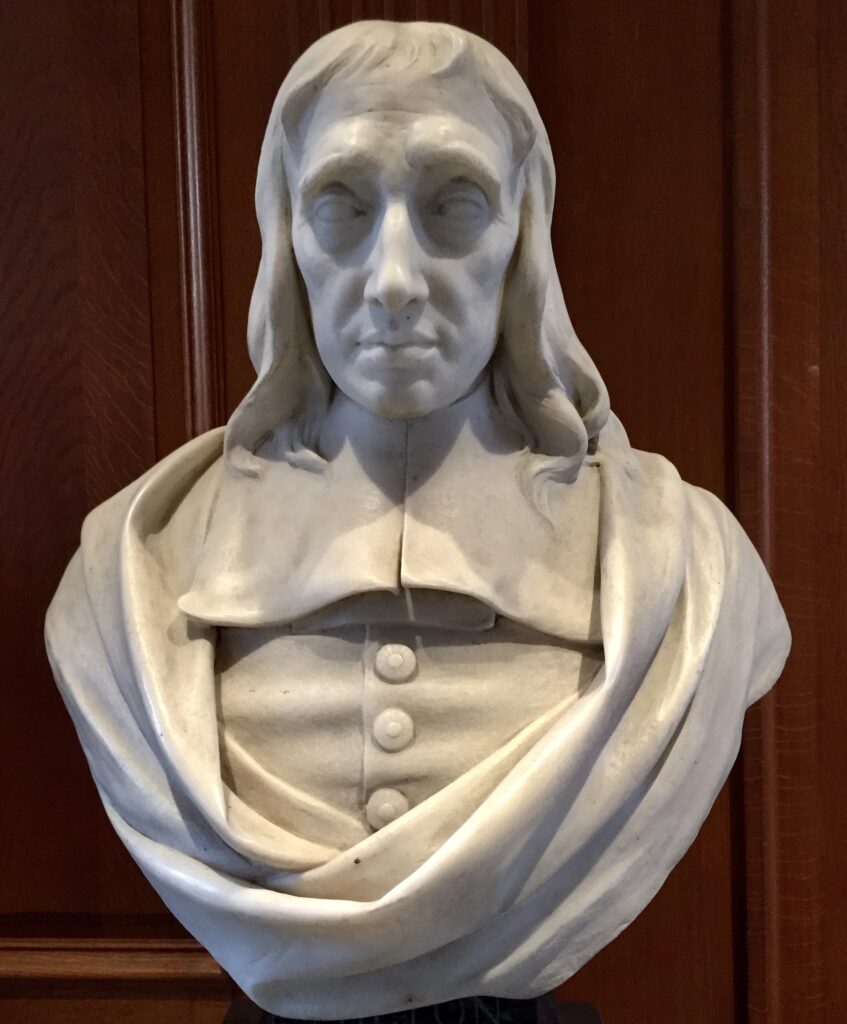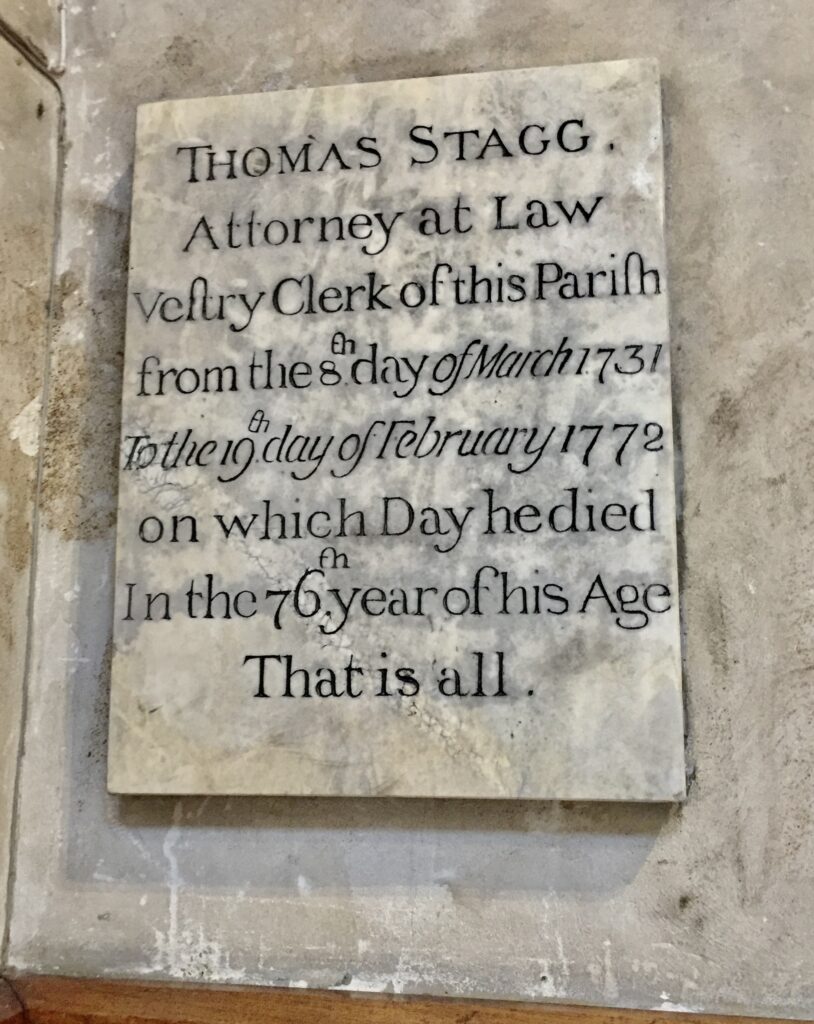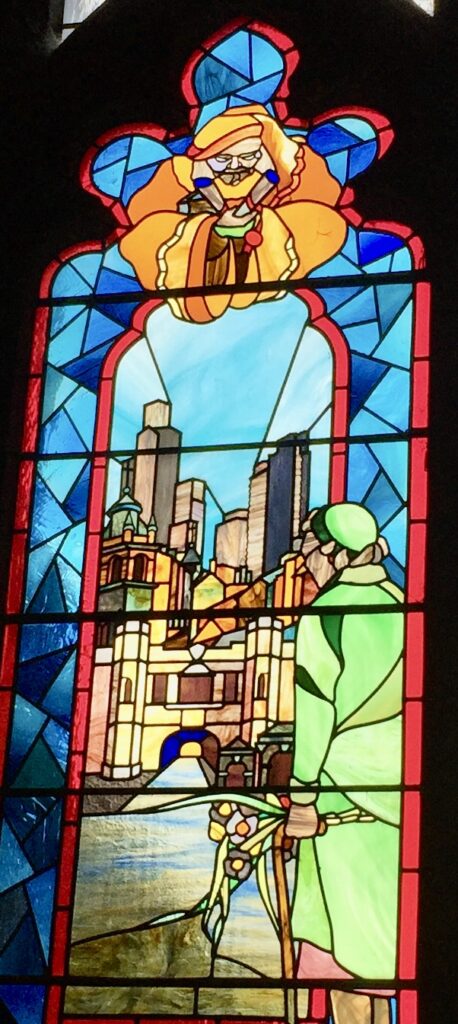Last week I set off without any particular purpose, seeking shapes, patterns and views that might look interesting as images.
It’s often just as fascinating to keep looking down as well as up and here are some of the curiosities I came across in Spitalfields.
Some intricately designed coal hole covers that have survived road works and redevelopment …

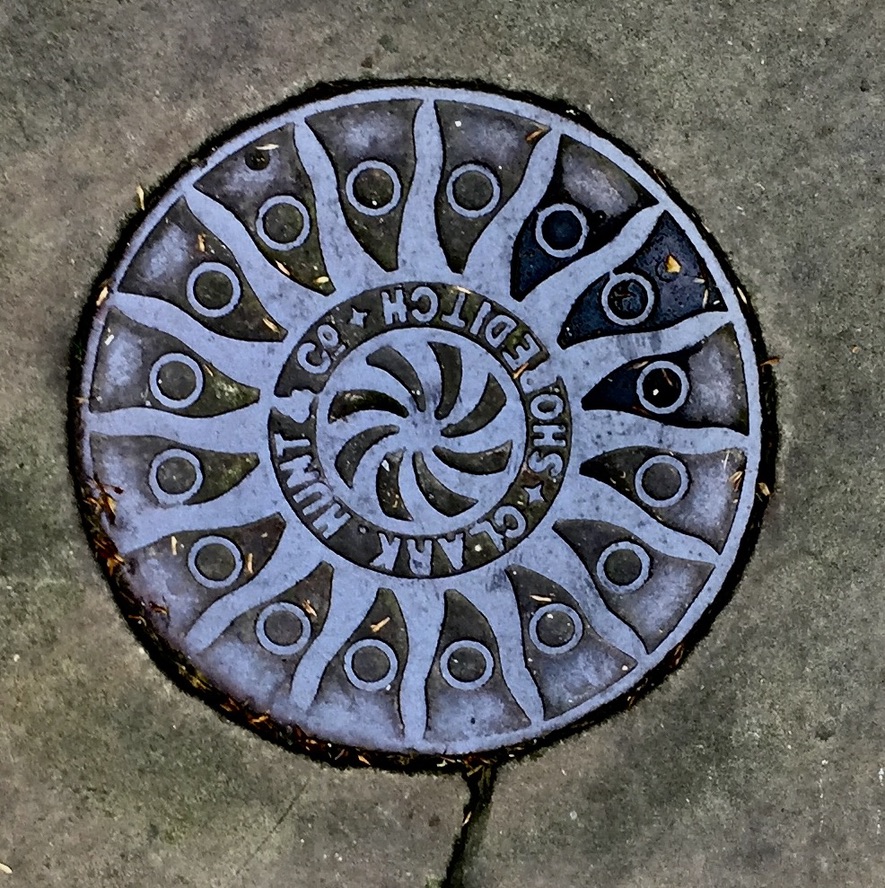
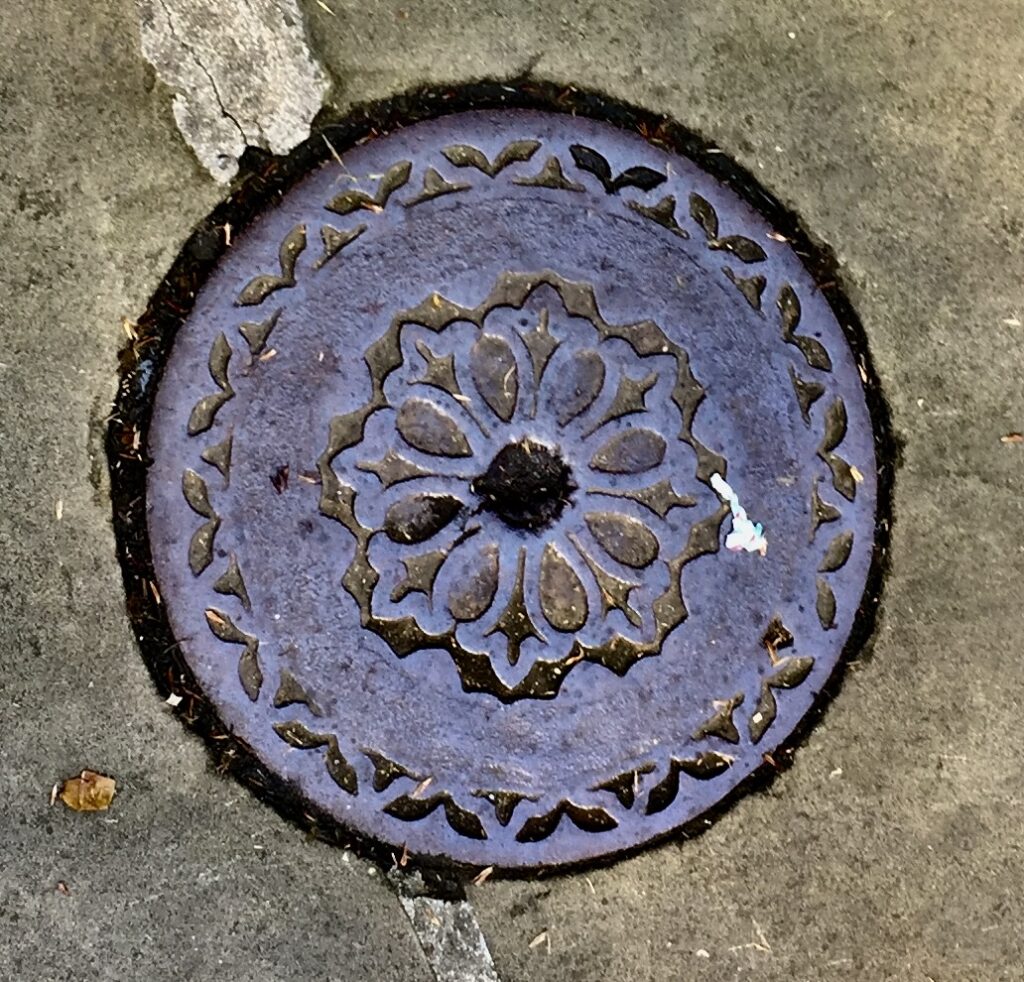

The above is a typical Hayward Brothers plate. One of their greatest services to Victorian society was saving pedestrians from nasty and embarassing injuries or even death-by-coalhole. Falling down coalholes through an unfastened plate was a regular occurrence in those times and the Hayward Brothers ‘safety plate’ using a ‘twist and lock’ mechanism was supposed to cure the problem.
The Gentle Author has written about them specifically in his blog Manhole covers of Spitalfields.
As well as the coal hole covers, the pavements of Spitalfields are also the home of a number of circular metal plates set into the pavement and known as roundels. They are the result of a commission by the 1995 Bethnal Green Challenge and are intended to be emblems reflecting the diverse culture and history of Spitalfields. They were designed by Keith Bowler and you can read more about them in two blogs, one by The Gentle Author and one by Katie Wignall. Here are images of the three I came across.
One of the prettiest is the one on Fournier Street, taken from floral fabric designs by Anna Maria Garthwaite (1688-1763), the textile designer whose official blue plaque is on 4 Princelet Street …
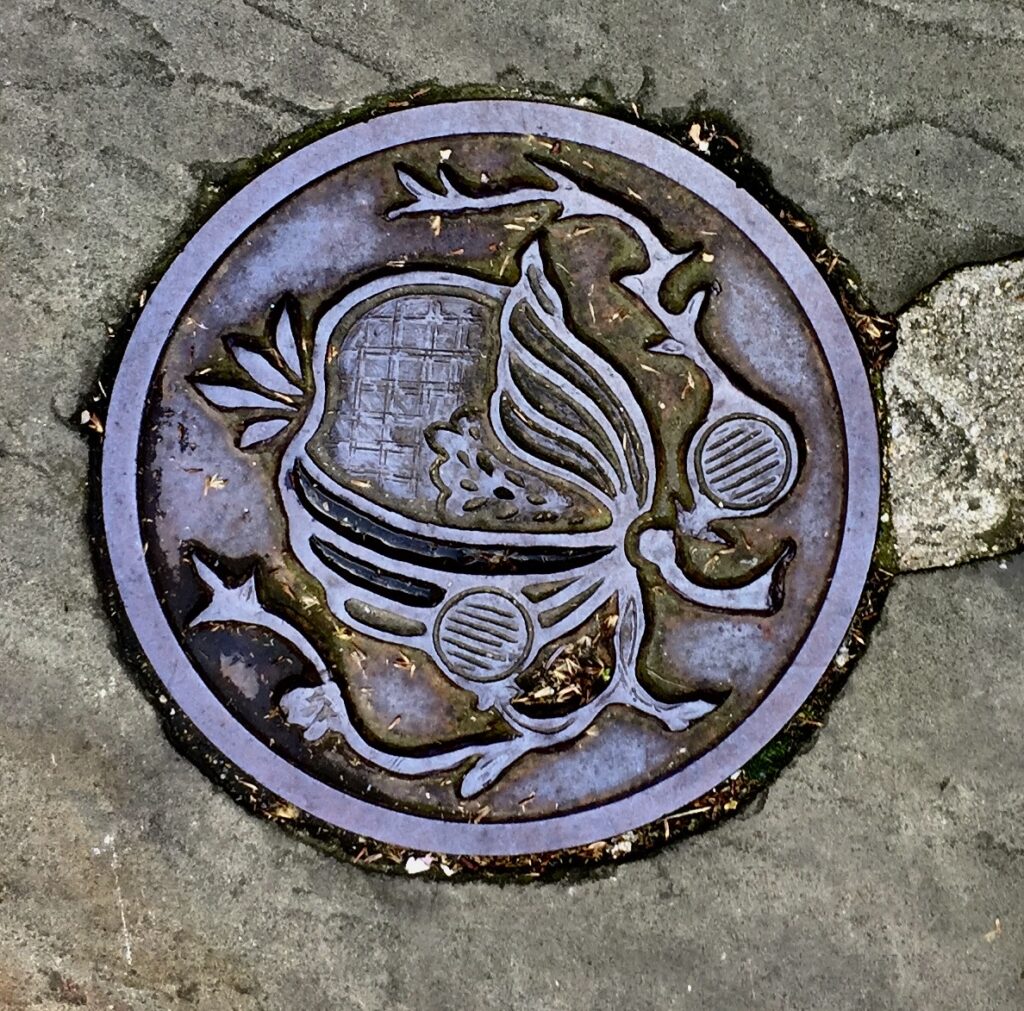
At the corner of Brushfield Street and Commercial street are some apples and pears. A nod to the original fruit and vegetable Spitalfields market with a flourish of cockney rhyming slang thrown in …
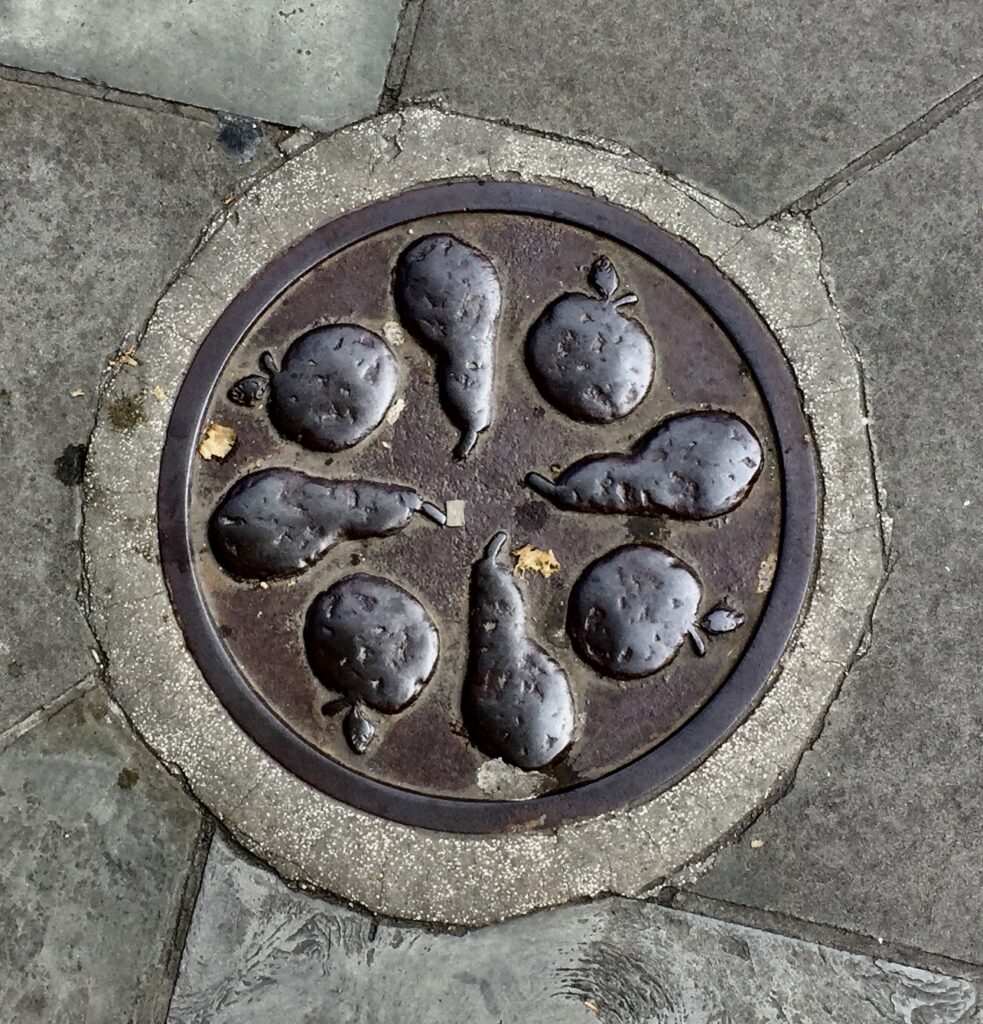
And finally this very cute one outside the local primary school on Brick Lane. A boy and girl in a book surrounded by pencils …
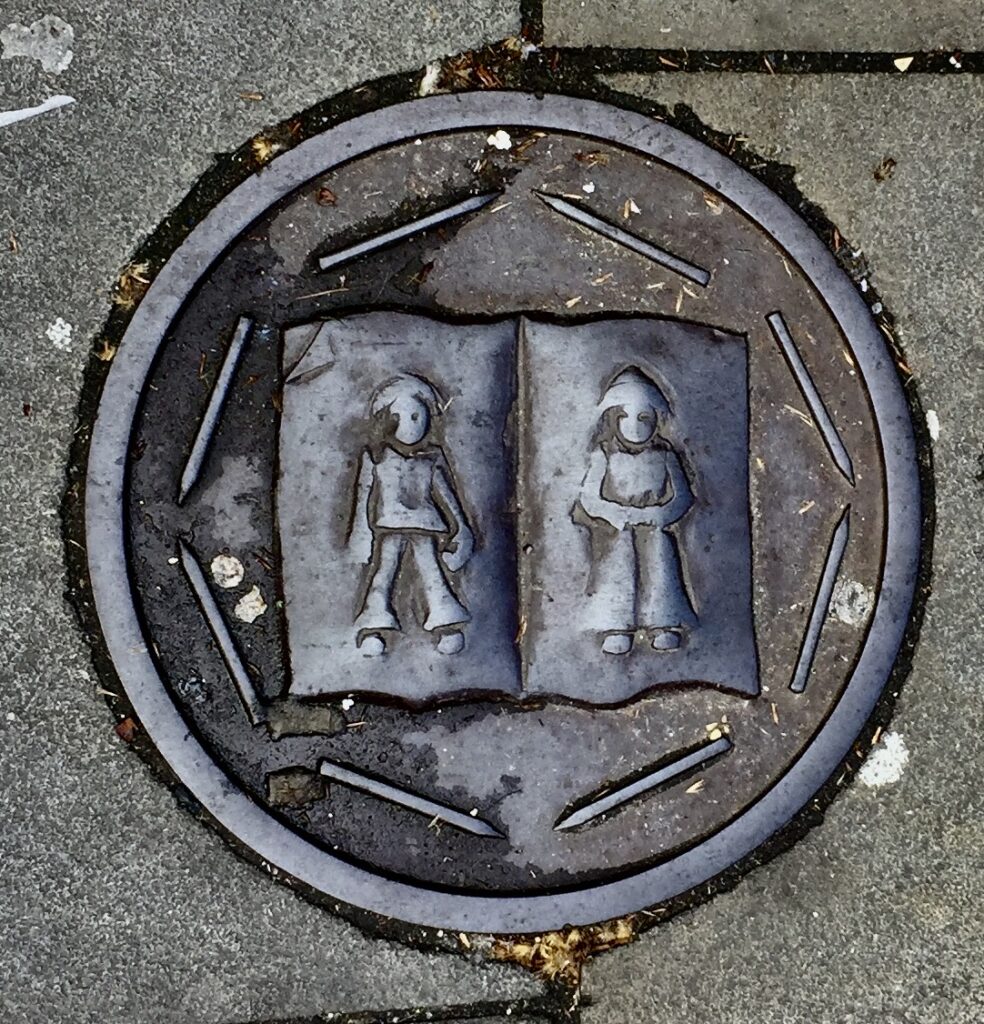
There were 25 originally but it’s believed there are only a dozen left.
I wandered around the Barbican looking for angles, shadows and reflections …

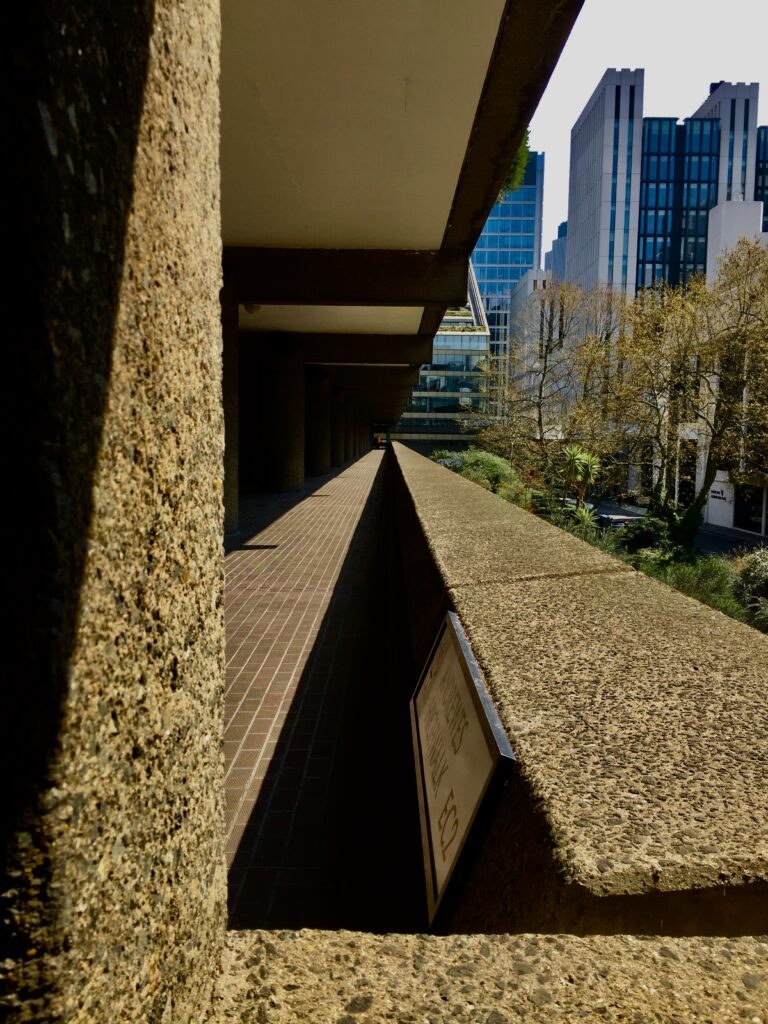
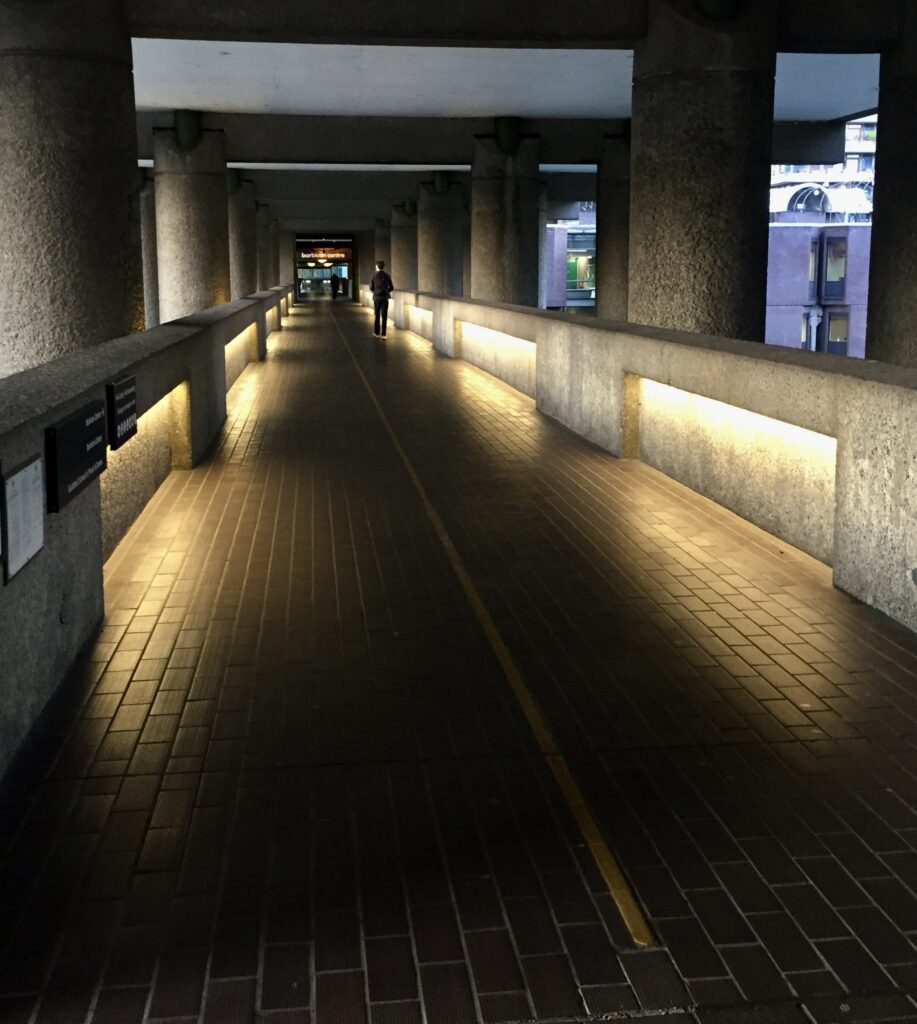
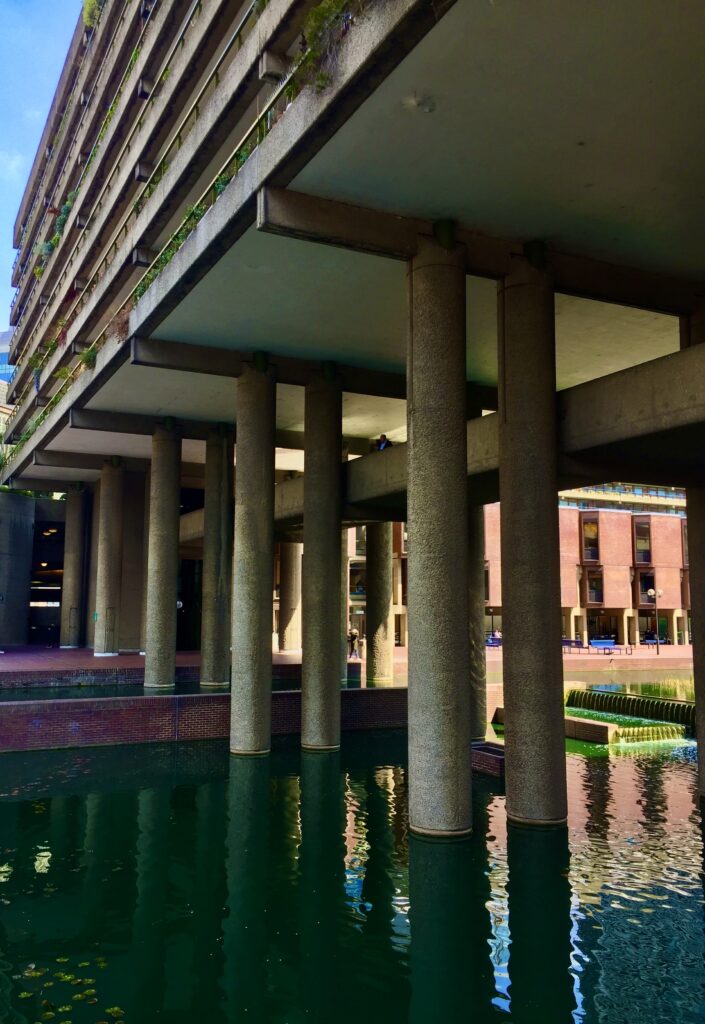
Here are some colours and shapes from ‘Them’s the breaks’ by the RESOLVE Collective at The Curve Gallery …

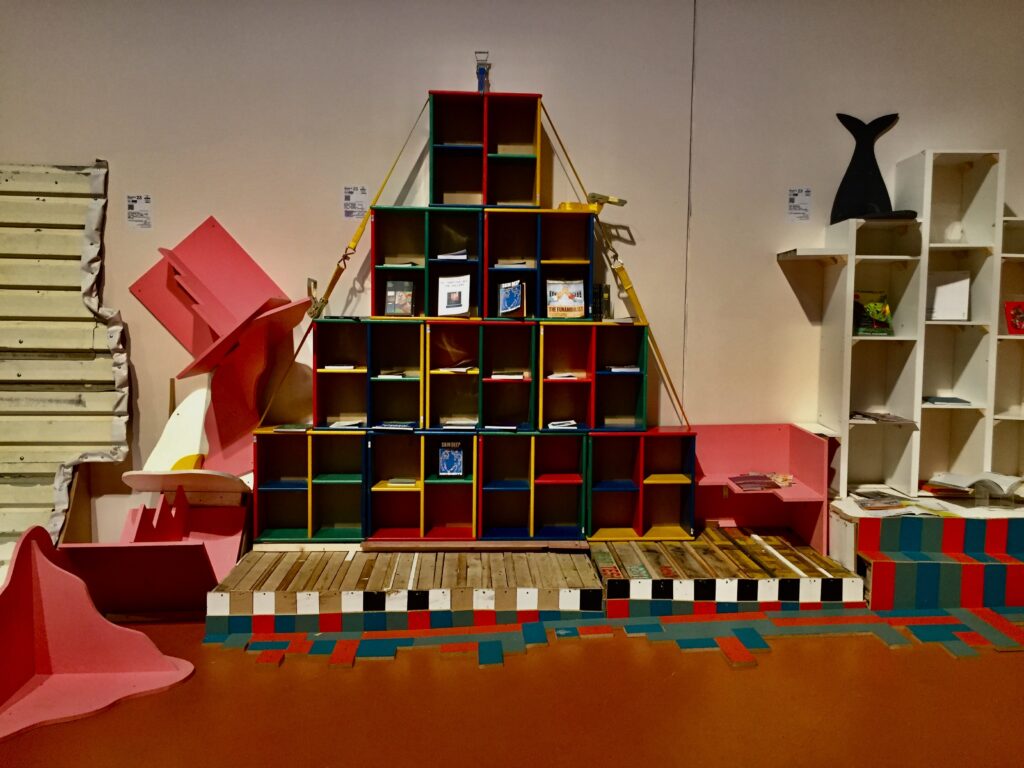
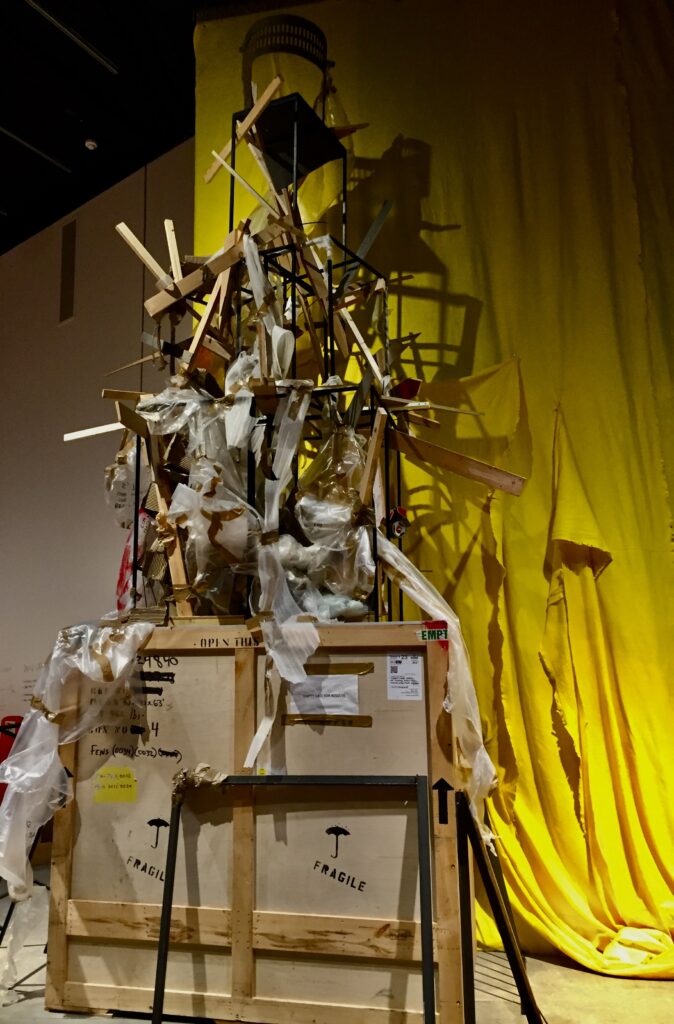
I’d also like to include a few favourites from a previous blog where I experimented with black and white images.
Tower 42 …
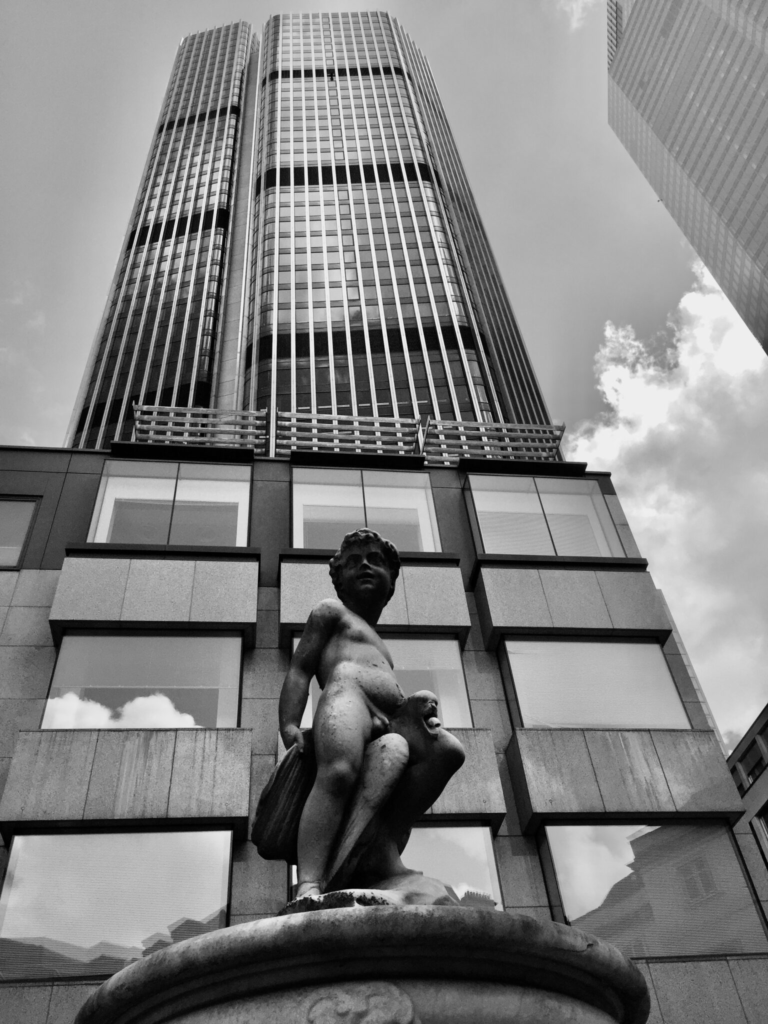
Plus Leadenhall Market …
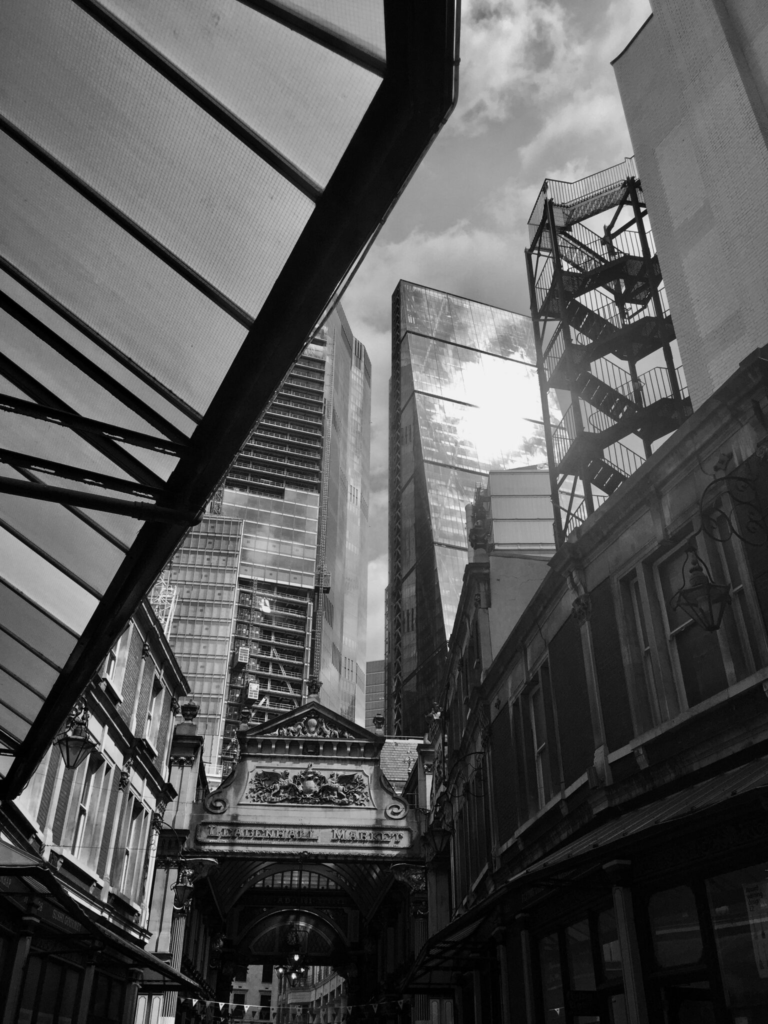
Here are some of the more unusual things I came across during my walk.
I have entered the Barbican Highwalk from the Barbican Station footbridge on dozens of occasions and never paid any attention to this doorway which is obviously no longer in use …
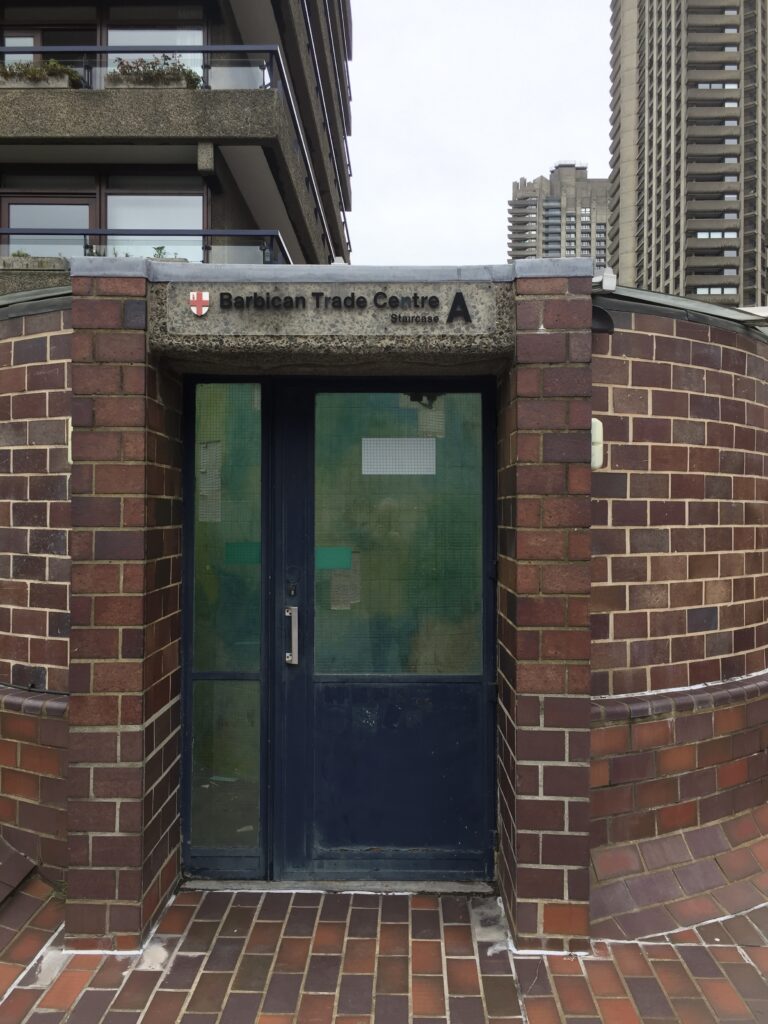
Last week I peered through the grubby glass and was astonished to see this lively jungle scene …
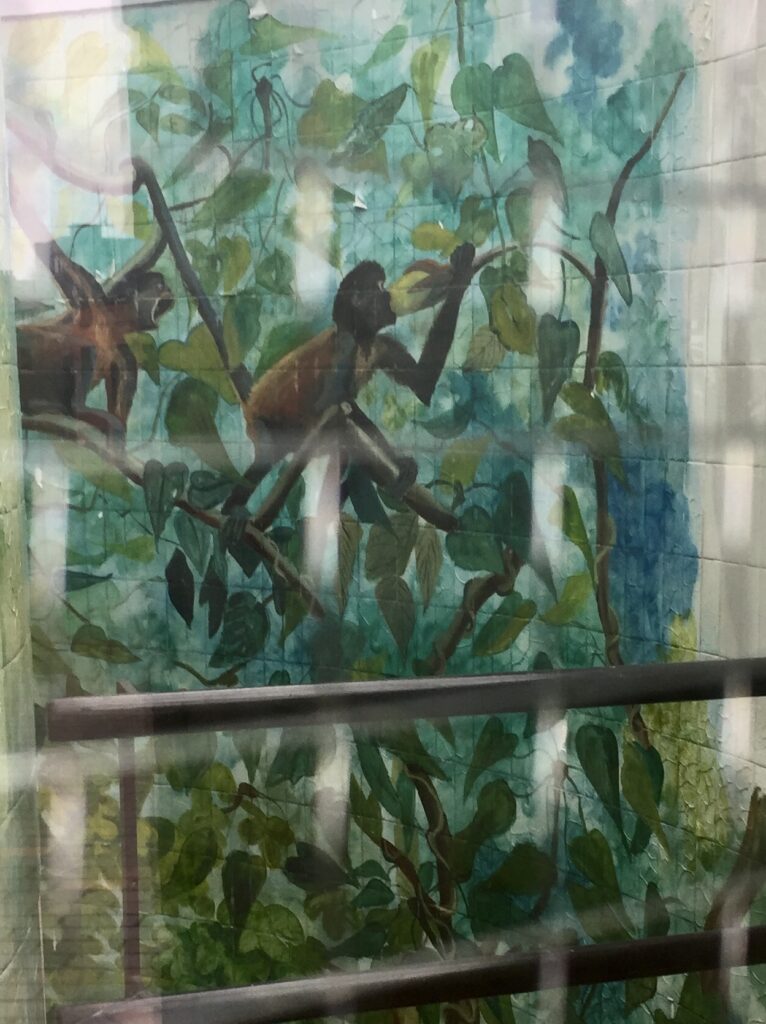
I’m trying to find out more about it.
In the Smithfield Rotunda Garden there is a reflection with a poetic message …
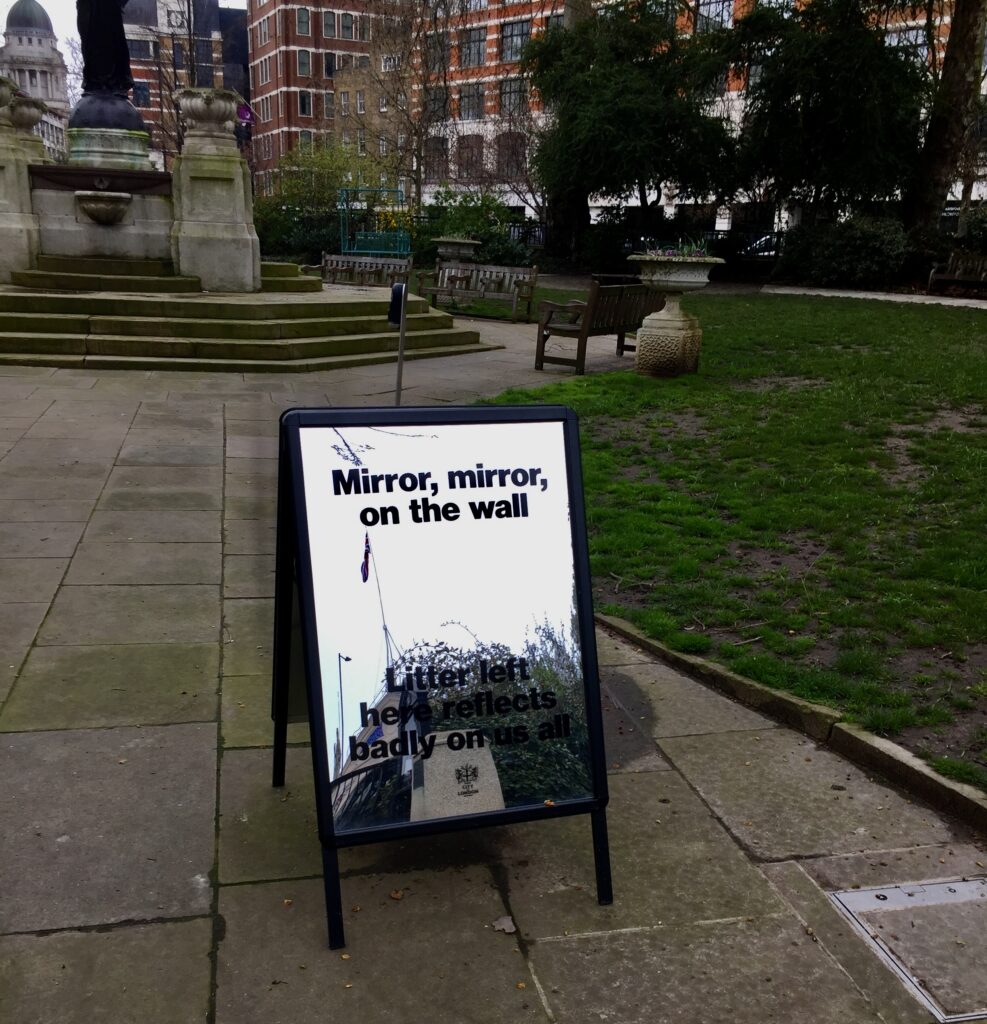
‘Mirror, mirror, on the wall … Litter left here reflects badly on us all’.
On display in the Barbican Centre is this stunnng architectural model of the Estate …
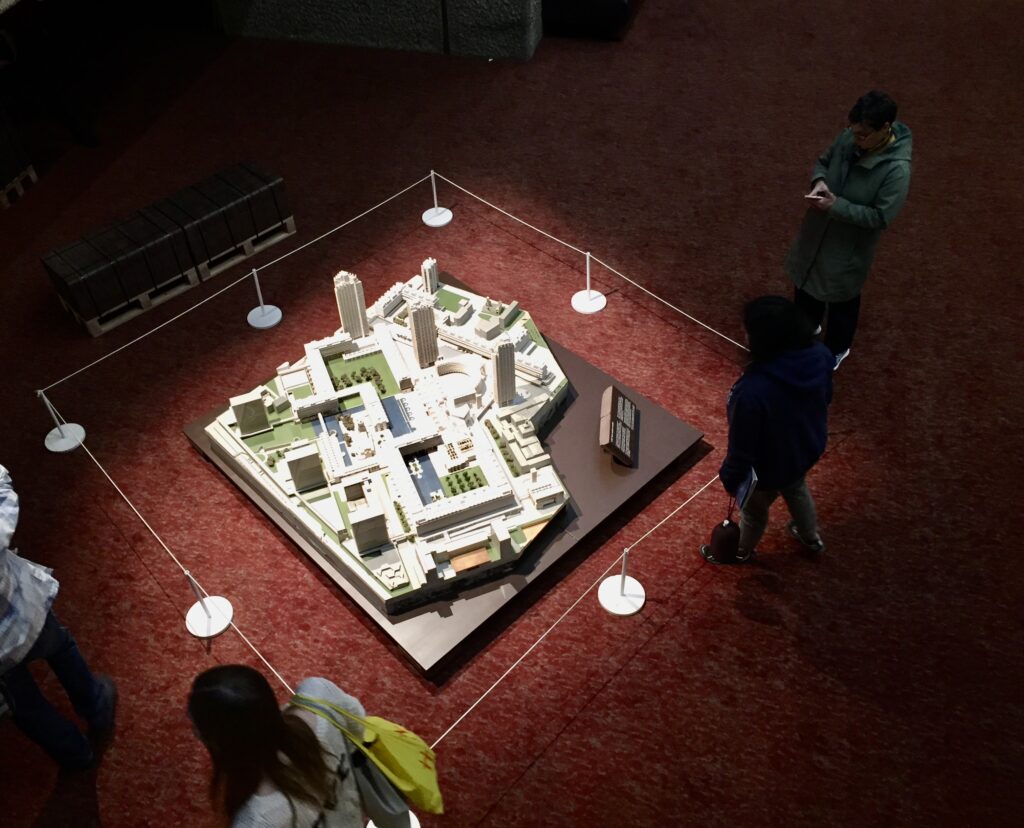
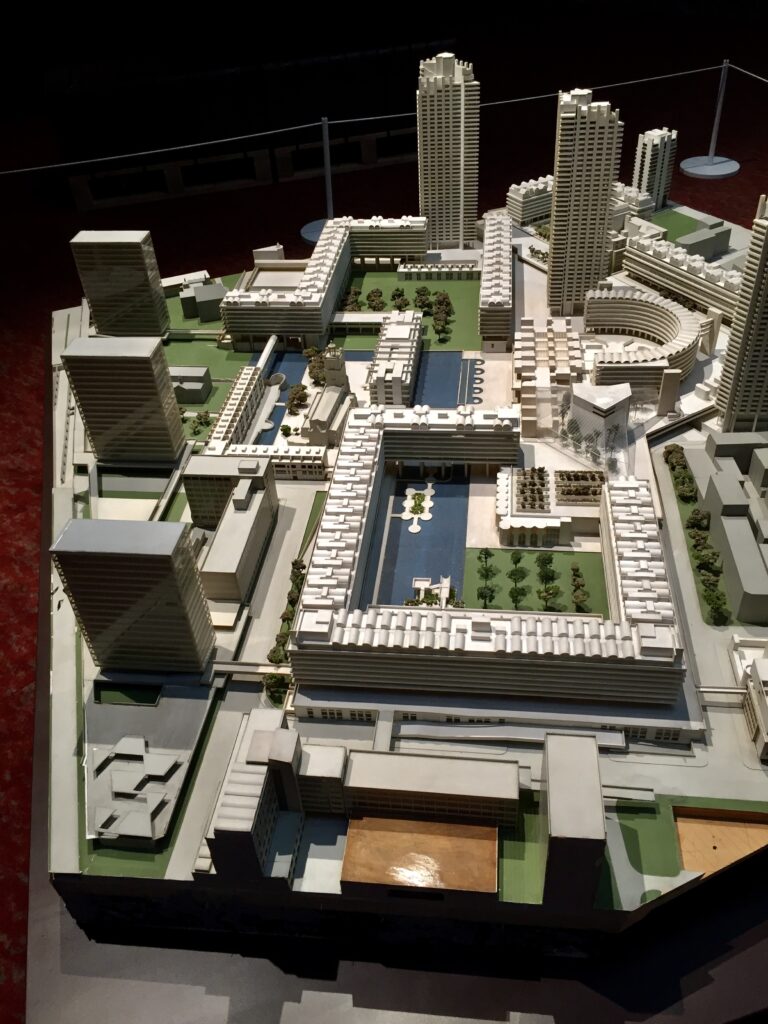
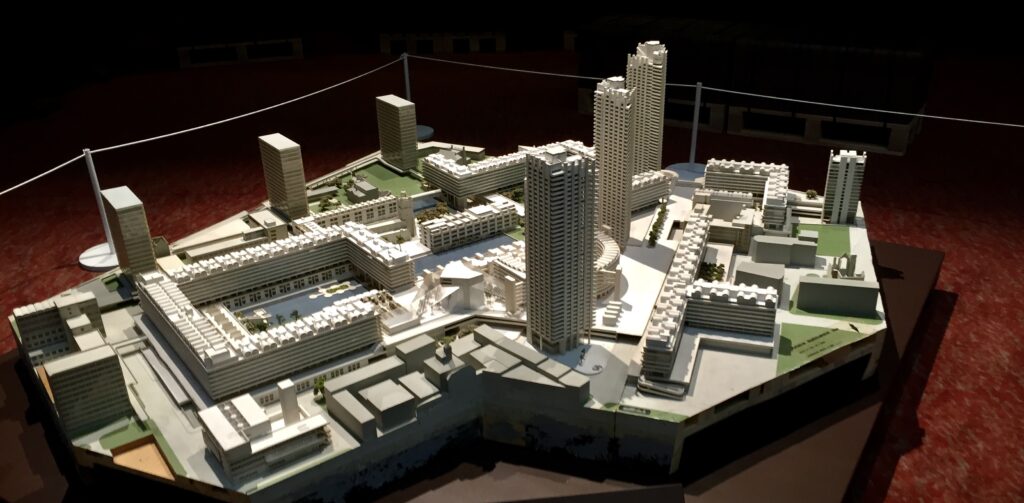
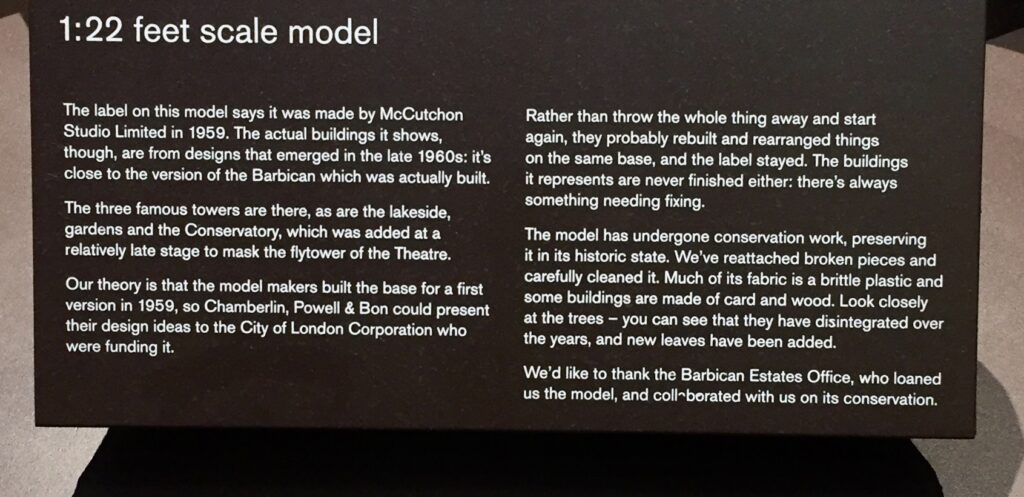
The City is still full of new developments despite changes in working patterns and in many cases this means the demolition of existing buildings. A new view has now temporarily opened up looking south from the St Alphage Highwalk showing the north side of the Guildhall with the Shard in the distance …

Finally, I laughed out loud when I popped in to St Giles church and noticed two acknowledgements of the Coronation. Milton was surrounded by flags as he clutched a volume of his works …

But by far the most witty gesture was kitting out the famous parliamentarian and regicide Oliver Cromwell with a golden crown and a ‘Long Live King Charles’ postcard …
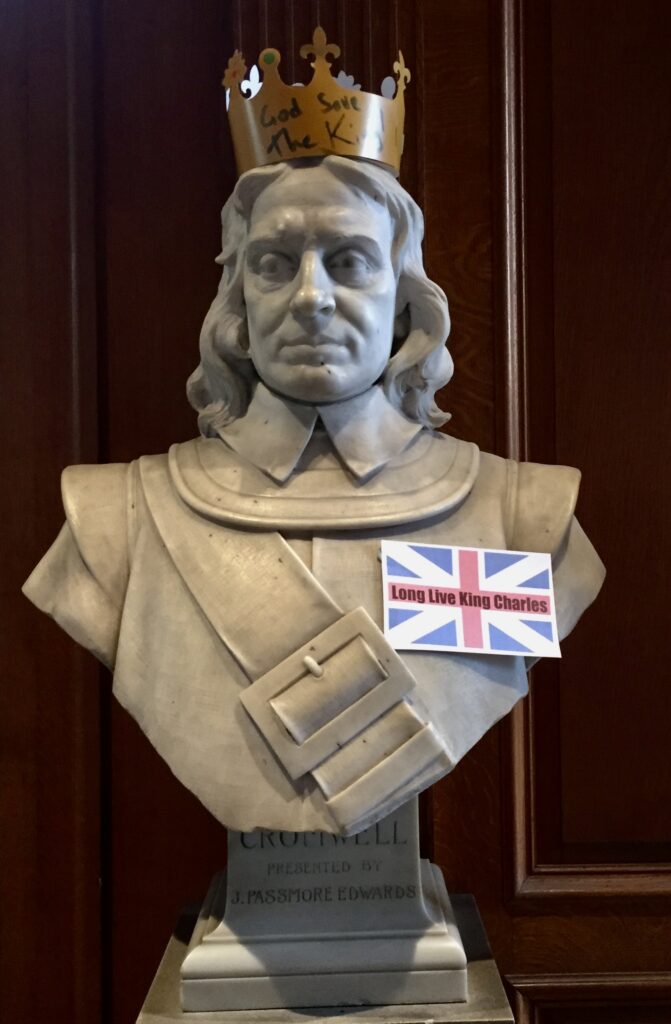
If you would like to follow me on Instagram here is the link …

